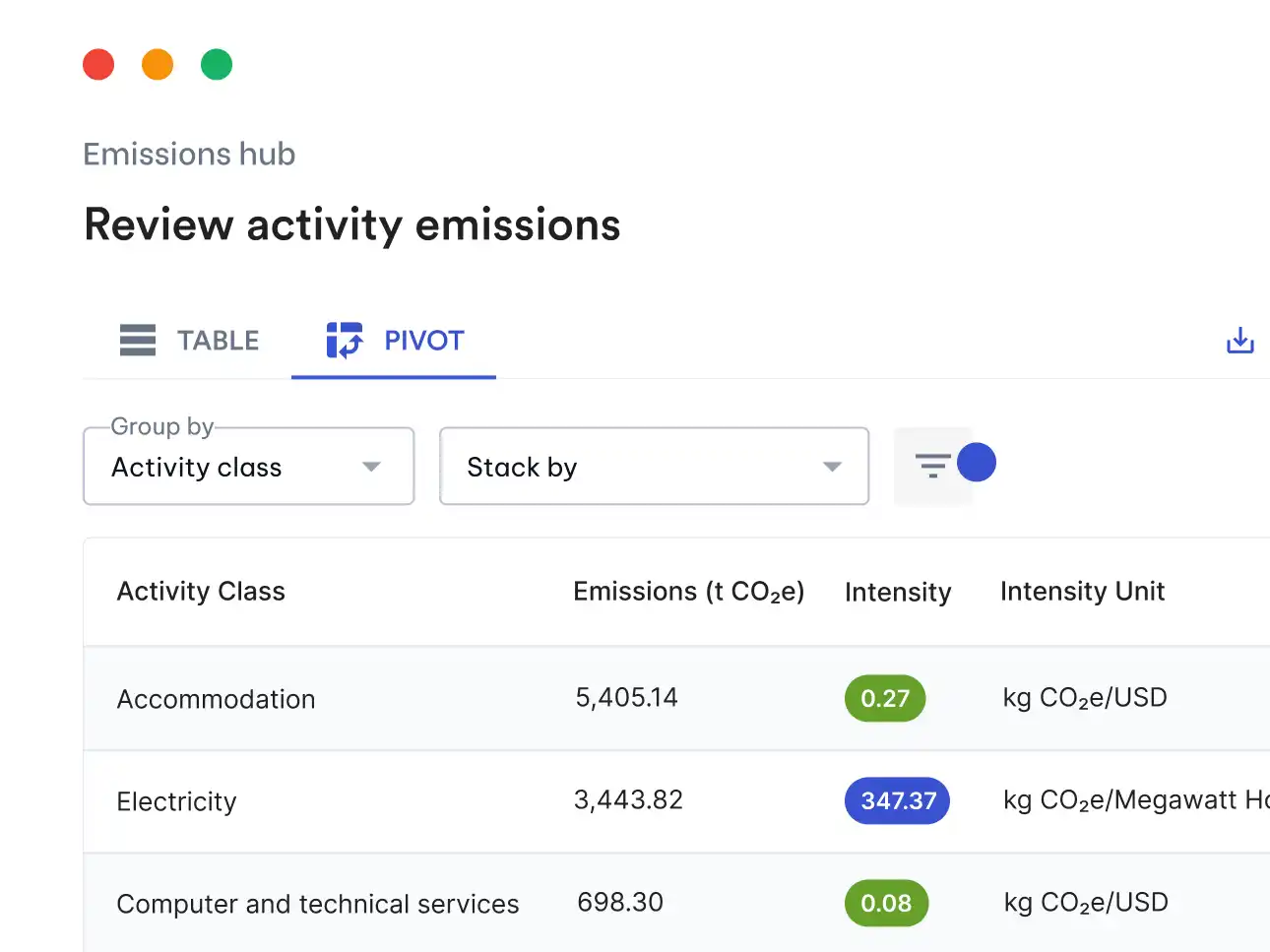As the world becomes increasingly aware of the need for sustainability practices, more and more companies are jumping on the “go green” bandwagon. However, not all companies that claim to be environmentally conscious are as green as they seem. This is where the concept of greenwashing comes in. In this blog post, we will explore the concept of greenwashing, including common tactics used, and its impact on consumers and the environment.
What is greenwashing?
The term “greenwashing” was coined in 1986 by environmentalist Jay Westerveld. He criticized the irony of the “save the towel” movement in hotels at the time. The hotel would place notices in hotel rooms asking guests to reuse their towels to save the environment but make no other visible signs or effort to be more sustainable. Jay Westerveld argued in an essay that the hotel was simply trying to reduce laundry costs. Today we see similar examples of false or exaggerated claims such as plastics labeled as “compostable” or “biodegradable” without disclaimers about how quickly the product will biodegrade in a landfill. Eggs are advertised as “cage-free” when in reality, hens are overcrowded indoors. Carbon offsetting is another widely discussed topic, and it may not be immediately clear whether it falls under the category of greenwashing. While it can contribute to the reduction of GHG emissions, some parties see it as a form of greenwashing when used in place of mitigation efforts.
Essentially, greenwashing is a deception tactic, whether intentional or accidental, used by companies to make exaggerated or false claims about the environmental benefits of their products or services. For example, some companies spend more time and money on marketing themselves as being sustainable than on actually minimizing their environmental impact. By greenwashing, companies can capitalize on the growing demand for sustainable practices and environmentally friendly products, thus becoming more appealing to stakeholders, investors, and consumers who are concerned about the environment and sustainability.
How to spot greenwashing
While greenwashing marketing can take many forms, some of the most common tactics are:
- Using vague or misleading terms: Unsubstantiated claims such as eco-friendly, natural, green, or non-toxic that aren’t regulated could mean whatever the company wants them to mean.
- Hidden trade-offs: The promotion of sustainable practices such as the use of recycled packaging, organic materials, or zero-waste practices that don’t come close to compensating for the negative environmental impact the product may have. Such as pollution, unethical sourcing, or chemical use.
- Lack of transparency: Some companies do not provide any information about the environmental impact of their products or their manufacturing processes.
- False certifications: The use of fake certifications or labels that may look like a recognized third-party environmental certification but is not.
- Irrelevant claims: Companies make claims that are technically true but have no real environmental benefit. For instance, claiming that their product is “CFC-free” when CFCs have been banned since 2010 under the Montreal Protocol.
- Confusing or irrelevant graphics: The use of graphics that suggest environmental responsibility but have no real environmental benefit. For example, pictures of trees, plants, farms, or animals when advertising.
The problem with greenwashing
Greenwashing is an unethical practice that deceives investors and consumers who are genuinely seeking environmentally friendly companies or products. In many cases, these “green” products are sold at a higher price, causing customers to overpay. Faulty assumptions about a company’s environmental responsibility can also lead investors or stakeholders to allocate capital inappropriately. Greenwashing can severely damage a company’s reputation and brand. It also undermines the efforts of companies that are genuinely dedicated to sustainability and erodes trust in the marketplace. Furthermore, false or misleading claims can lead to legal action, resulting in fines and legal fees.
Scope 3 and involuntary greenwashing
While companies have control over their direct emissions (Scope 1) and indirect emissions from purchased energy (Scope), Scope 3 emissions are often difficult to track and manage as they occur outside of the company's immediate control. As a result, companies may unknowingly engage in greenwashing by failing to consider Scope 3 emissions in their sustainability reporting or by making claims about their products' sustainability without accounting for these emissions. For example, a company may claim that its products are environmentally friendly due to their low emissions during use while ignoring the significant emissions generated during the production and transportation of the raw materials used in those products. To avoid involuntary greenwashing, companies can:
- Identify their carbon emissions: While it requires effort to identify ways to operate more sustainably, the benefits are substantial. To get started, companies can utilize a carbon accounting platform such as Avarni to gain a deeper understanding of their Scope 1-3 emissions.
- Set realistic goals: Once a company has identified its emissions, it should set realistic emissions reduction goals before making net-zero claims. Too often, businesses lean too heavily on carbon offsets, which can appear to be a type of greenwashing when used instead of actual mitigation efforts.
- Adopt transparency & regular reporting: Genuinely sustainable businesses will have the necessary data and metrics to validate their assertions. If a claim is being made it should be backed up by ESG disclosures, evidence, and numbers rather than “fluffy” language.
In order to voluntarily or involuntarily avoid greenwashing, it is crucial for companies to assess and report their Scope 1-3 emissions, as well as work with suppliers and other stakeholders to reduce the environmental impact of their value chain. Adopting this sustainable practice can result in decreased overhead costs, mitigate risk, boost stakeholder and employee involvement, and uncover fresh market opportunities.
How to avoid and prevent greenwashing
To avoid greenwashing in your business, it’s essential to promote transparency, especially regarding the environmental benefits of your products or services. This involves taking genuine actions toward operating more sustainably such as reducing waste, cutting emissions, recycling, using renewable energy, and more. Furthermore, companies must establish attainable objectives, track progress, and create authentic reports that can be verified.




